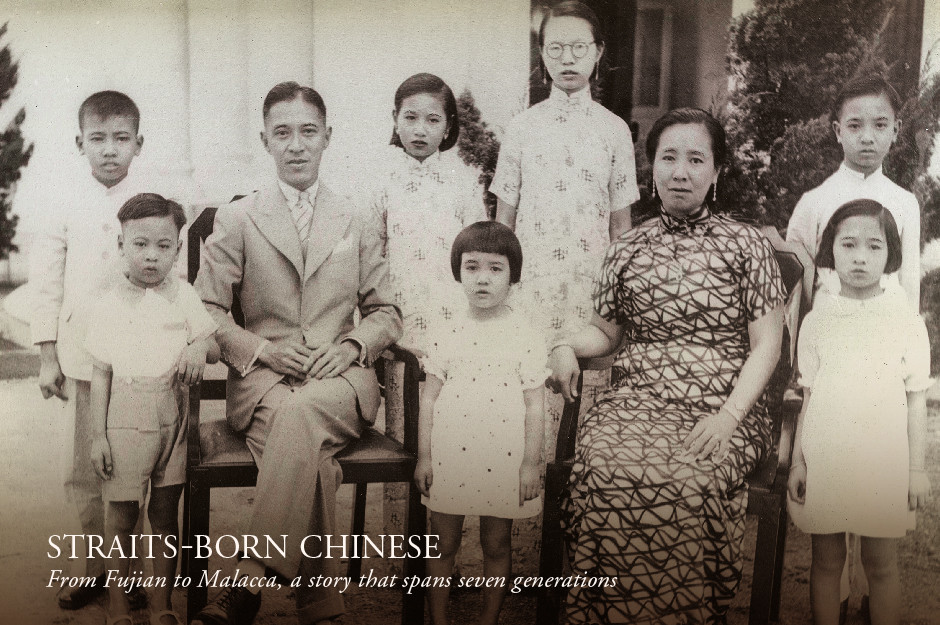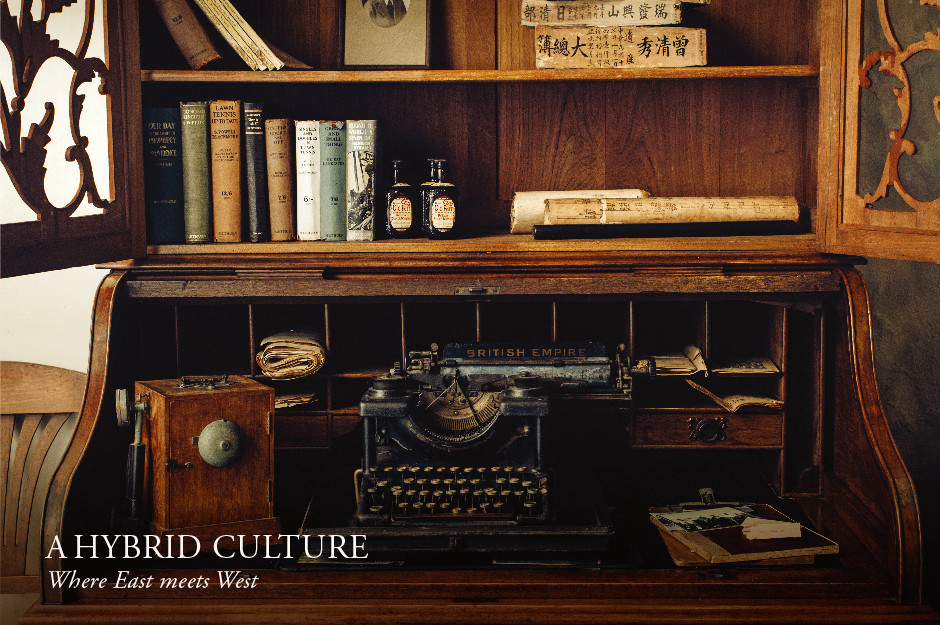

追寻至19世纪初,曾清秀家族的来源可追踪至中国南部的同安省和马六甲王朝的最后甲必丹之一,如今当代为第7代。
曾清秀(司法官员)出生于1865年6月27日,是一名第二代海峡华人。他有一个外号叫做“四眼老板”,因为初期的他掌握着槟榔产业,主要提供给皮革制造业,娱乐性用途的槟榔告以及作为医药用途。
马来亚在工业革命的推动下成为了橡胶产品的出口国,为了跟随当时工业的脚步,曾清秀便开始改种大量的橡胶树。
除了身为一名种植家,曾清秀也时常参与马六甲的社交活动。他被委任为司法官员后便开始掌管着华人受托委员会和姓氏协会,同时也是华人社会咨询机构的一员,也是马六甲当今阿特拉斯冰块制造公司的创办董事长之一。他名下的产业还包括了房地产(马六甲,金马伦和新加坡)。
在曾清秀的屋檐下有举办过许多豪华酒宴,并且还有女人和歌舞伴送。1919年,他突然逝世,享年54岁;留下正夫人,三名如夫人和他的儿子曾胜旗。而其儿子自然而然的成为了庞大产业的继承人。
曾胜旗并不喜欢花天酒地的都市生活,也厌恶吵杂的夜市生活,因此他在1932年搬迁至海湾别墅;在那儿度过第二次世界大战前的岁月。
只有在第二次世界大战后,曾胜旗一家曾经短暂在城市逗留。其子女便开始在海外求学或组织了新的家庭。在过后的岁月其实屋便用作为办公处和祭拜祖先的地方。
The family’s earliest existence in Malacca dates back to the early 19th Century, with origins from Tong’An county in Fujian province, Southern China; and has links to one of the last few Kapitans of Malacca. Today the family’s descendants are the seventh generation.
Chan Cheng Siew J.P (Justice of the Peace) was born 27th June 1865, and was a second generation Straits-born Chinese. He began his career as a planter and was commonly known in the estates as Towkay Cermin Mata (Boss with Glasses). He began his plantation growing gambier (a plant which was used for its medicinal purposes as well as for tanning leather, and was also commonly chewed with sireh). As the world awakened to an industrial age, Malacca was seen as a suitable location to grow rubber trees. Cheng Siew switched his crop plantation from gambier to rubber in order to meet the ever-growing demands of this new world.
Besides being a planter, Cheng Siew was also involved in many other social activities in Malacca. He served as a Justice of the Peace, managing trustee of several Chinese Temples and clan associations, a member of the Chinese Advisory Board and was a founding director of one of Malaysia’s prominent ice-manufacturing companies, Atlas Ice. He was also a keen investor in properties, purchasing land in Malacca, Cameron Highlands & Singapore.
In his townhouse, Cheng Siew was known to have held many a ronggeng night filled with wine, women and song. Cheng Siew died suddenly in 1919, at the age of 54, leaving his wife Chee Gee Geok Neo, three concubines and his son Chan Seng Kee, who became trustee to his estate.
Seng Kee did not have the same appreciation for living in a bustling town. Complaining of the incessant noise from the tok-tok mee man on the street at night, Seng Kee built a house by the seaside that was completed in 1932 and moved his family there to stay before and during the war.
Only after World War II did the family live in town again, somewhat briefly. As time moved on and the children went overseas or began their own families, the house was intermittently used by Seng Kee’s sons as they found their footing, before moving on to their own homes. For many years, the family abode was only used as an office and for sembahyang (prayers) as a rumah abu (ancestral home).
发表回复